‘It’s Frightening’: Doctors Say Half of ‘Cured’ COVID Patients Still Suffer
Bnei Brak woman tells The Times of Israel that a month after testing negative she has severe fatigue and anxiety – and her husband is worse than he was when hospitalized.
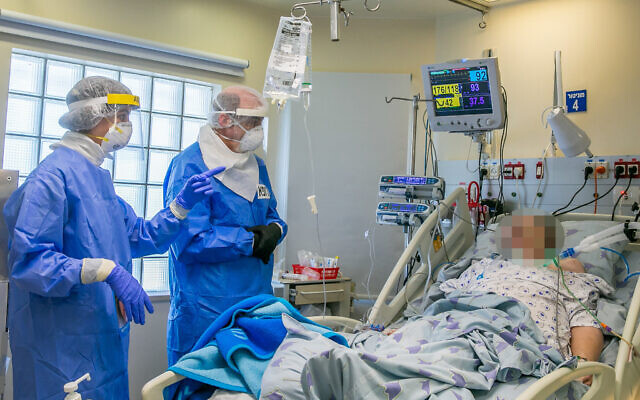
Recovered COVID patients are baffling doctors with complaints of freak pains, lungs that just won’t get back to normal, and a range of incapacitating psychological issues.
“What we are seeing is very frightening,” Prof. Gabriel Izbicki of Jerusalem’s Shaare Zedek Medical Center told The Times of Israel. “More than half the patients, weeks after testing negative, are still symptomatic.”
In Bnei Brak, at Israel’s first community clinic, doctors have been seeing a spike in recent days in the patients with pains that appear to come from nowhere.
“It can appear in the arms, legs, or other places where the virus doesn’t have a direct impact, and if you ask about the pain level on a 1 to 10 scale, can be 10, with people saying they can’t get to sleep,” said Eran Schenker, director of the month-old clinic in Bnei Brak run by Maccabi Healthcare Services. “It’s something which we’re starting to see much more in the last week.”
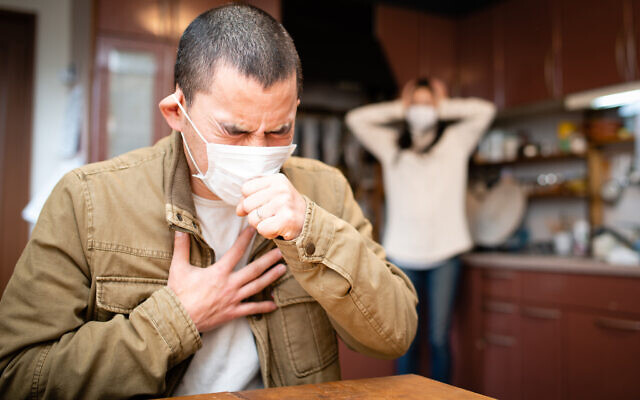
‘Broken’ by the virus
A patient from the clinic spoke to The Times of Israel on condition that her name is not published. She was diagnosed in March and tested negative a month ago. But the woman, a Bnei Brak resident in her 40s, still has severe fatigue and anxiety, and can only walk for a few minutes at a time.
Her husband, who also caught coronavirus in March and tested negative last month, now “feels like he’s broken,” she said. “He’s actually worse than he was when he was hospitalized.”
This came as a particular shock to the family, as during his initial hospitalization in March and early April he did not require oxygen and X-rays showed no damage to his lungs. He was hospitalized again during April with pneumonia-like symptoms, and declared negative in May. But the man then developed pains and significant breathing problems, and has seen cardiologists, neurology experts, rehabilitation teams, and other professionals at the clinic.
This man was “one of the hard cases, but he’s not the worst and we have patients who suffer more,” according to Schenker.
He said that with all illnesses patients can be left reeling from long hospitalizations, and ventilators use can slow full recuperation — but COVID-19 is causing patterns that are not usually seen.
“We’re amazed that people aren’t just suffering from the things we expected, but things we just weren’t aware would have relevance,” he told The Times of Israel. “It’s not textbook.”
He stressed that his patients are not all newly recovered. “Some of them had coronavirus in March, so they may have been recovered for months,” he said.
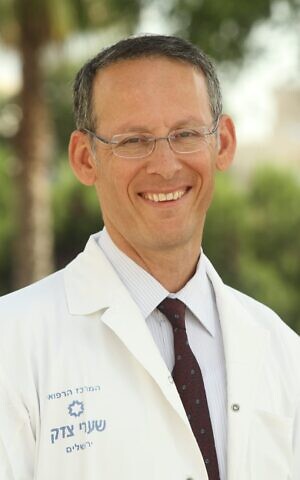
Izbicki, director of Shaare Zedek’s Pulmonary Institute, also emphasized that many of his patients have long been declared coronavirus-free. One of the biggest surprises, he said, is that there is no predicting which patients will find the disease hard to shake, and which will not.
“There is no correlation between seriousness of disease during hospitalization and extent of symptoms afterwards,” he said, discussing preliminary results from his study on recovered patients who were treated in hospitals and coronavirus hotels.
“Within the symptoms that we checked for, we revealed general weakness among the majority of patients alongside shortness of breath, sustained cough, and other complex breathing and pulmonary issues,” he said, adding that he is also familiar with the freak pains that Schenker discussed.
While the pains are excruciating for some, others describe the pains more as a major discomfort: burning sensations, tingling, or just a hard-to-place sense that a limb does not feel normal.
The patients with these pains do not normally raise red flags during the main medical examinations. Schenker said: “We check their lung and hearts and they have no disease, and they have no neurological issues. We do scans and can’t see anything, but they have this pain — we’re told about it again and again.”
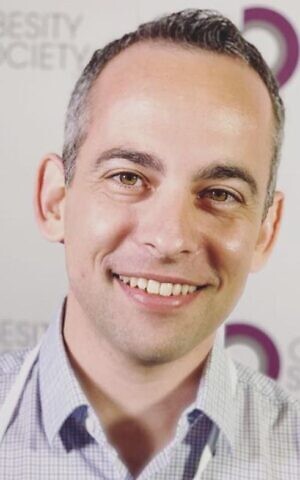
Dan Oyero, Maccabi’s deputy director of medicine in central Israel, said that the overarching issue doctors are dealing with is the far-reaching change in people’s lives, for which doctors cannot predict an end point.
“The most distressing thing is that people compare how they feel now compared to how they were a few weeks ago before they were infected,” he said. “And they say they just can’t do the things they used to do.”
The sense of taste and smell, lost during the illness, sometimes does not return. When patients ask if it will come back, given that doctors have such limited experience of the disease, they cannot give a clear answer. “We just don’t know,” said Oyero.
When doctors can invoke a precedent from other illnesses, it can be bad news.
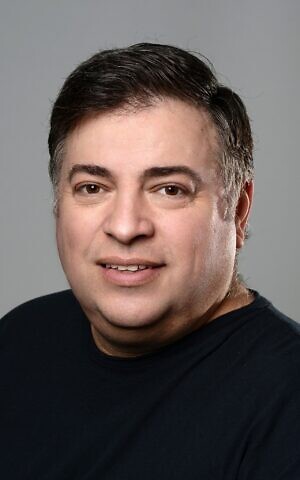
“They have two lungs, but they are the equivalent of one, because each lung is working at 50% — and it could be like this for the rest of their lives,” he said. He draws this conclusion from the pattern of lung damage that is seen from some other diseases — but normally only affecting patients who had previous lung complications.
“The damage was not done by the virus, but by an inflammation process which, we know from other diseases, will not leave lungs with the capacity to exchange oxygen as before,” Schenker commented.
Izbicki said that in his experience, COVID-related lung damage can affect patients of all ages, and said he shares the concern that people will not regain full lung performance. “We don’t know if the lung function tests will become normal,” he said.
Some patients require physical therapy. Schenker said: “We’ve seen cases of weight loss that have been so extreme that people find it hard to walk.” Meanwhile, some who are physically able to move around just don’t have the energy or motivation to do so.
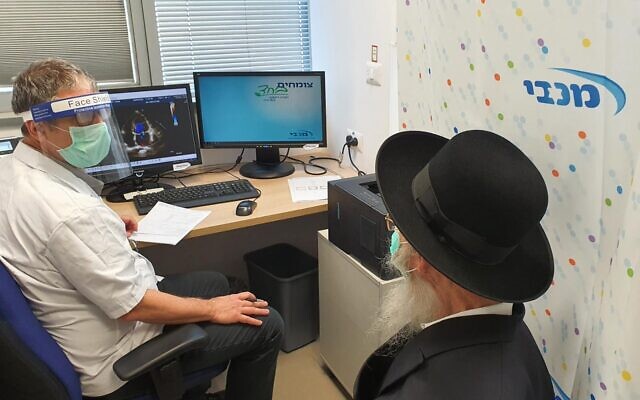
Some of these patients are young and normally energetic, Schenker said.
“It’s amazing how many people went back to work — they can be educators, lawyers and in other professions — but when they sit for an hour they feel anxiety, feel insecure, and sometimes the people suffer from depression beyond what we expected.”
Oyero said:“The main complaints are actually fatigue, compacts [intense periods] of low energy — nothing we can give a name to. Many people say that they don’t have the energy they had before. They are more tired. Some say they don’t have the drive to do things. We can’t give the complaints a name or tell them they have a particular syndrome, but we’re trying to help them.”



comments